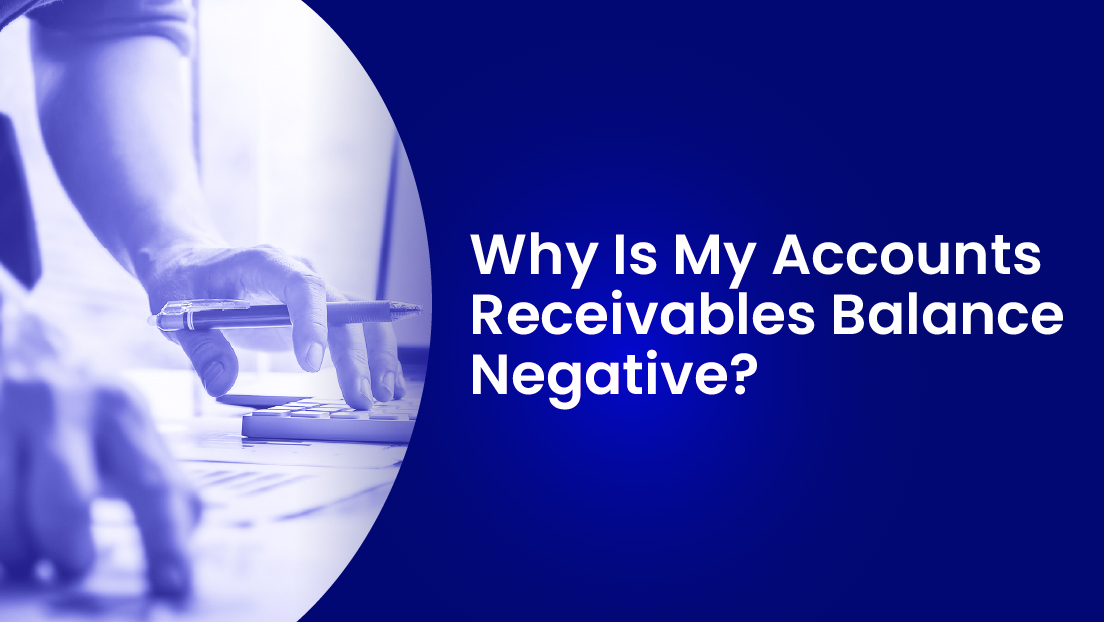What is Automated Payment Reconciliation?
Automated payment reconciliation matches customer payments with invoices or other records of payments to ensure that all payments have been made and that they are recorded in the company’s accounting records. Payment reconciliation can refer to several types of payment reconciliation within the finance department, including bank reconciliation, credit card reconciliation, accounts payable reconciliation, payroll reconciliation, and accounts receivable reconciliation. Since these processes are often done manually, it can be a time-consuming and resource-draining process that often leads to errors, slowing down the invoice-to-cash process.
The Benefits of Automated Payment Reconciliation
In response to the evolution of the payments landscape and the additional challenges presented by global payments, many companies have opted to transition from manual methods to automation to reconcile payments, as it provides many advantages.
These include:
- It improves accuracy. By eliminating manual processes, companies reduce errors which can create unnecessary disputes, delays and damage to your customer experience.
- Faster invoice processing. Since delays and disputes are minimized and the payment reconciliation process is tracked and more transparent, the process is quick. Companies save time and resources they can then apply to other necessary tasks.
- Improves the customer experience. When you deliver more accurate services free from error, customers are satisfied and want to continue using your service.
- Avoid costly errors. Without accurate records in place, there is a large risk of errors. Such as a double payment, chasing a customer that has already paid you etc… This is costly for the customer and damages the reputation of the business.
Implementing Automated Payment Reconciliation
Account reconciliation automation can be difficult to implement in companies for a number of reasons. Any change for employees is difficult, especially transitioning to a new process or software solution.
Other concerns include:
- Business disruption. It can be difficult for businesses to make the leap to automation knowing that the transition will result in a disruption in business continuity until they start to see a return on investment. This is especially true when 50% have already reported that they aren’t seeing ROI on their current technology investments. They need a transition that minimizes this disruption as much as possible.
- Concern over cost. Although account reconciliation automation solutions usually offer a range of prices, they can be costly for small businesses. However, businesses should also take into consideration the hidden price of not automating their business in the long term.
- Complexity of data. Many executives feel that their data is too complex for automation, or that the generated insights will not be accurate. Human oversight and collaboration between internal and external experts during the onboarding process can resolve these areas of mistrust.
- Technical errors. Even automated systems can make mistakes. This can be especially concerning as employees may blindly rely on automated systems to be error-free. This is the reason most automated systems still rely on some degree of human involvement to ensure the process is accurate and efficient.
How Gaviti Automates Invoice Payment Reconciliation
Gavitis’ invoice-to-cash A/R management platform automates and streamlines the accounts receivable process, improving team performance and lowering your DSO. Its cash application module is dedicated to matching customer payments to open invoices, reconciling your payments faster. The platform connects to any – and multiple – ERPs in a matter of days or weeks, minimizing any disruption to your business operation.
Other benefits of the cash application module include:
- Automated payment matching. Save time and eliminate errors by automating the traditional manual process of matching open invoices with payments.
- Remittance-based matching. Intelligently match remittance information with payments to ensure greater accuracy and visibility into your cash flow.
- Single and multi-bank connectivity. Get real-time reconciliation of payment from your primary bank or manage payment reconciliation from multiple sources.
- Self-service payment gateway. Ensure nearly 100% accuracy in matching payments through the use of a customer payment gateway. At the same time, you’ll speed up the cash application process by reducing processing delays.
- Real-time visibility and reporting. Gain insight into cash application performance by tracking metrics such as unapplied cash and payment discrepancies so that you can proactively manage and optimize your cash flow.
Gaviti’s cash application module also works together with other modules to deliver a comprehensive streamlined and automated accounts receivable experience. For example, businesses can analyze the history of customer payments from the cash application module to set automatic credit limits on customers based on creditworthiness. It also enables the centralization of A/R data to deliver deeper insights into the entire A/R process.






















